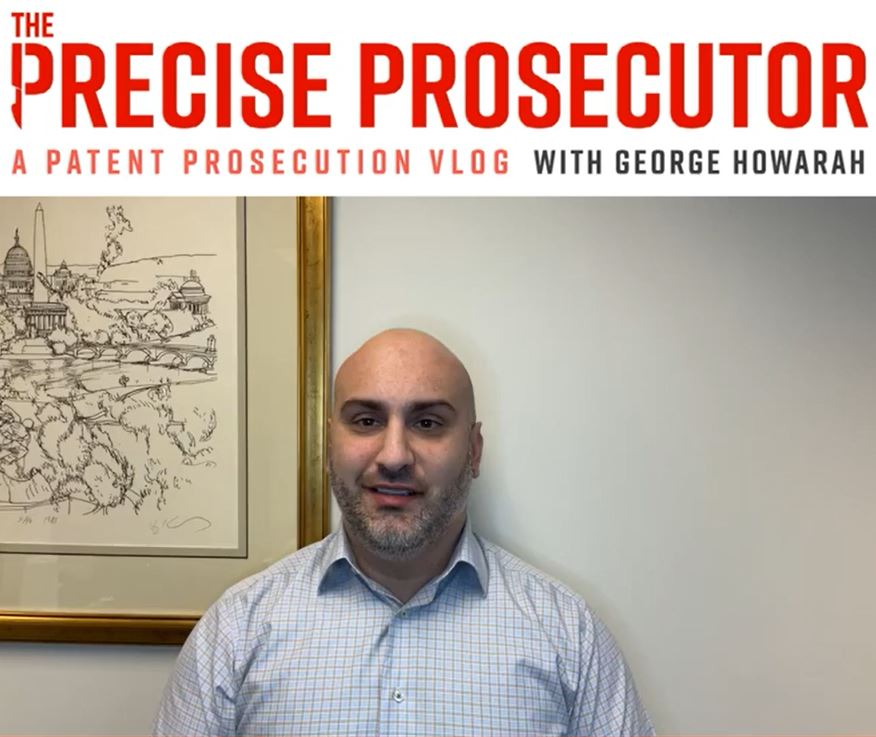The Strategic Dilemma: Overcoming Double Patenting with Terminal Disclaimers
Navigating the labyrinthine world of patent law can be as complex as the innovations it protects. Among the myriad challenges faced by patent practitioners, double patenting rejections and the judicious use of terminal disclaimers stand out. These issues require not only legal acumen but also strategic foresight. This detailed exploration sheds light on the intricate dance between securing robust patent protection and maximizing the commercial lifespan of your intellectual assets.
Deciphering Double Patenting
Double patenting involves the risk of granting several patents for the same invention, potentially extending monopoly rights beyond the intended term. This scenario is particularly problematic as it can lead to a thicket of overlapping rights that are difficult to navigate for both the patent holder and potential competitors. Understanding the nuances of double patenting is essential for anyone looking to navigate the patent landscape successfully.
Terminal Disclaimers: A Strategic Tool
Filing a terminal disclaimer is a common tactic to overcome double patenting objections. This maneuver effectively synchronizes the expiry of the involved patents, thus aligning them within the legally permissible patent term. However, this resolution is not without its trade-offs:
- Integration of Patent Lifecycles: Terminal disclaimers bind the destinies of multiple patents, potentially complicating future adjustments to a portfolio.
- Reduction in Patent Term: They may unintentionally shorten the effective patent term, potentially undercutting the commercial advantage they provide.
Strategic Considerations for Managing Patent Portfolios
When facing a double patenting dilemma, thoughtful consideration is paramount:
- Evaluating Business Impact: Consider the broader business implications of linking patents. How might this influence your company’s strategy in terms of market presence or competitive edge?
- Analyzing Patent Family Relationships: Determine the relationship between the patent families involved and assess the potential long-term impacts of tying these families together through a terminal disclaimer.
- Exploring Claim Adjustments: Before resorting to a terminal disclaimer, exhaust all options to differentiate the claims of the current application from those of the related patent. Amending claims or arguing distinctiveness can sometimes circumvent the need for a disclaimer.
- Optimal Timing of Filing: Delay the decision to file a terminal disclaimer until it is absolutely necessary, which allows for a complete assessment of the prosecution landscape and might reveal alternative strategies.
The decision to file a terminal disclaimer in response to a double patenting rejection intertwines legal strategy with business foresight. A well-considered approach can not only navigate through the immediate legal hurdles but also set the stage for long-term innovation management and commercial success.
Want more Precise Prosecutor? Check out other videos with George Howarah here!

